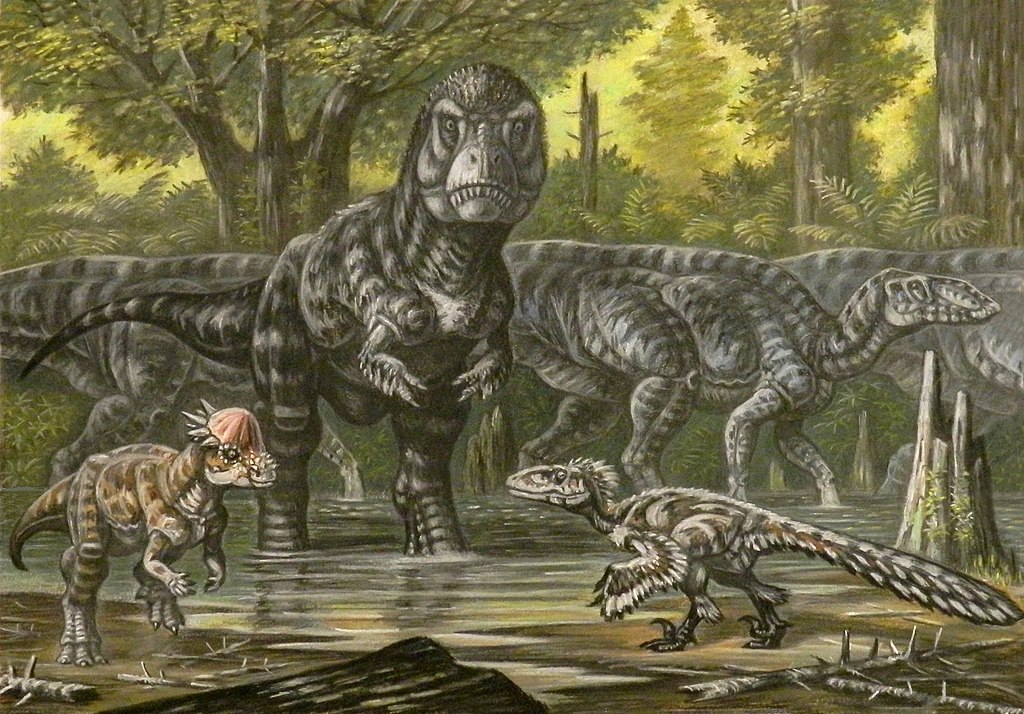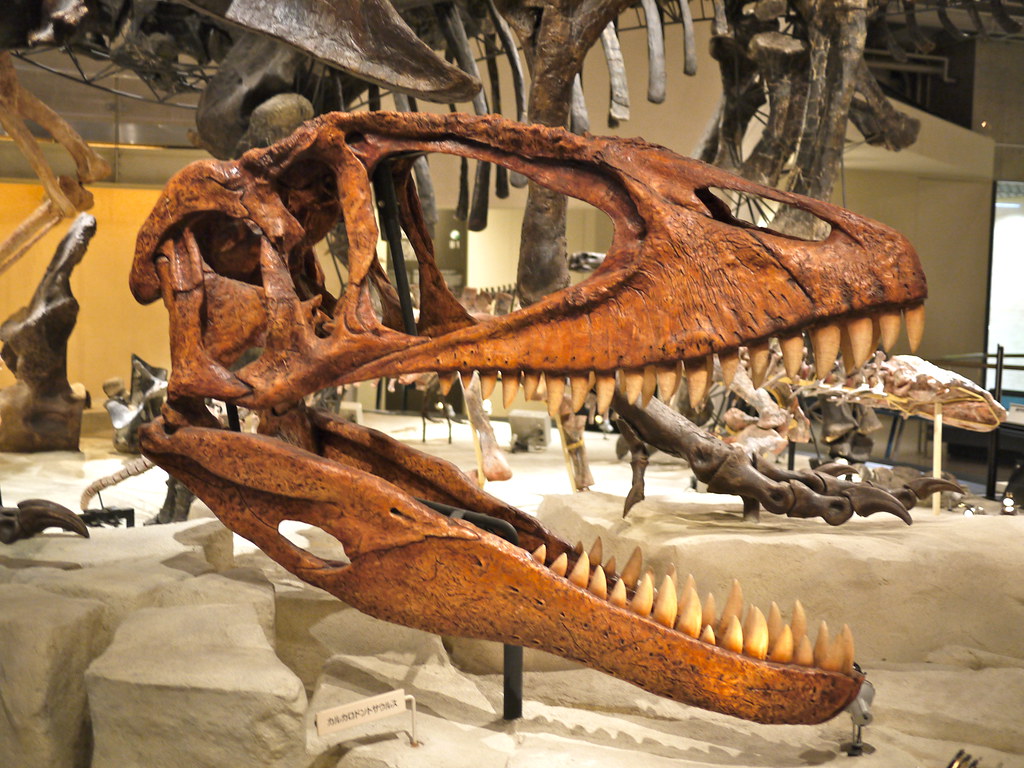Picture this: a moonlit Cretaceous landscape where massive predators silently stalk their prey under the cover of darkness, their keen senses perfectly adapted for night hunting. While we’ve long imagined dinosaurs as creatures of the day, basking in prehistoric sunlight like modern lizards, groundbreaking research is painting a dramatically different picture of these ancient giants.
The Traditional Day-Active Dinosaur Myth
For decades, paleontologists painted dinosaurs as predominantly daytime creatures, much like the crocodiles and birds we see today. This assumption seemed logical – after all, most large modern reptiles are active during daylight hours when they can efficiently regulate their body temperature. Museums worldwide have reinforced this image through countless exhibits showing dinosaurs hunting, feeding, and socializing under bright prehistoric skies. Popular culture, from “Jurassic Park” to nature documentaries, has consistently portrayed these creatures as sun-loving behemoths. However, this traditional view was built more on assumptions than hard evidence, leaving a massive gap in our understanding of dinosaur behavior.
Revolutionary Eye Socket Analysis Changes Everything
Scientists have developed a fascinating new method for determining ancient sleep patterns by examining the structure of fossilized eye sockets. The technique focuses on measuring the sclerotic ring – a bony structure that once surrounded the eyeball in living dinosaurs. Researchers discovered that the ratio between the inner and outer diameter of these rings reveals crucial information about daily activity patterns. Nocturnal animals typically have larger eye openings relative to their socket size, allowing maximum light collection during dark hours. This breakthrough methodology has been successfully tested on modern birds and reptiles, proving its accuracy in determining whether creatures are active during day, night, or both. The results for dinosaurs have been absolutely mind-blowing.
Small Predators Were Master Night Hunters
Analysis of smaller theropod dinosaurs has revealed that many were perfectly adapted for nocturnal hunting. Species like Troodon, with their enlarged brain cases and forward-facing eyes, show clear anatomical evidence of night vision capabilities. These agile predators likely used darkness as their primary hunting advantage, stalking small mammals and other prey while larger dinosaurs slept. Their keen hearing and excellent night vision would have made them formidable hunters in the prehistoric darkness. Imagine walking through a Cretaceous forest at night – you might never see these shadow-dwelling hunters until it was too late. Their stealth capabilities would have rivaled those of modern nocturnal predators like owls or cats.
Giant Herbivores Embraced Round-the-Clock Feeding
Massive plant-eaters like Triceratops and Edmontosaurus appear to have been active both day and night, a pattern called cathemeral behavior. This makes perfect evolutionary sense when you consider their enormous appetites and the constant need to process vegetation. These giants likely followed a pattern similar to modern elephants, feeding whenever food was available and resting in short bursts throughout the 24-hour cycle. Their massive size provided protection from most predators, regardless of the time of day. The evidence suggests that prehistoric landscapes never truly slept – massive herbivores would have been constantly moving, grazing, and reshaping their environments around the clock.
Night Vision Adaptations in Prehistoric Giants
Fossil evidence reveals that many dinosaurs possessed remarkably sophisticated visual systems designed for low-light conditions. Large eye sockets, enhanced optic nerve pathways, and specialized brain regions all point to advanced night vision capabilities. Some species show evidence of having eyes proportionally larger than any modern land animal, suggesting they could gather incredible amounts of available light. This would have given them a significant advantage during dawn, dusk, and nighttime hours. The evolutionary pressure to develop such advanced night vision indicates that darkness played a crucial role in dinosaur survival strategies. Those who could see clearly in low light had access to food sources and hunting opportunities unavailable to their day-active competitors.
Sound-Based Hunting in Prehistoric Darkness
Beyond visual adaptations, many dinosaurs developed extraordinary hearing capabilities that would have been perfect for nocturnal activities. Fossilized inner ear structures reveal that some species could detect incredibly subtle sound variations. Parasaurolophus and other hadrosaurs possessed complex crest structures that functioned as sophisticated sound amplification systems. These “prehistoric trumpets” would have been especially effective for long-distance communication during quiet nighttime hours. Predatory dinosaurs likely used acute hearing to track prey movement through dense vegetation or across vast distances. The prehistoric night would have been filled with a complex symphony of calls, warnings, and hunting sounds that we can barely imagine today.
Temperature Regulation Drove Nocturnal Behavior

Recent research suggests that many dinosaurs were actually warm-blooded creatures that needed to actively manage their body temperature. This metabolic reality would have made nighttime activity not just possible, but often preferable during hot prehistoric climates. Avoiding the intense heat of Mesozoic days would have been crucial for maintaining optimal body temperature, especially for smaller species with higher surface-area-to-volume ratios. Cool nighttime temperatures provided ideal conditions for active hunting and foraging. Large dinosaurs may have used behavioral thermoregulation, becoming active during cooler nighttime hours and resting in shade during scorching daytime temperatures. This strategy would have been essential for survival in the greenhouse climate conditions of their era.
Fossil Evidence of Nighttime Nesting Behavior

Extraordinary fossil discoveries have revealed dinosaur nests with adults positioned in protective postures over their eggs and young. These “brooding” fossils suggest that parental care continued throughout the night, indicating sustained nocturnal activity. Some of the most famous specimens, including the “Good Mother Lizard” Maiasaura, show evidence of complex nighttime behaviors including nest maintenance, egg turning, and protection from nocturnal predators. The dedication required for such intensive parental care implies that dinosaur family life was far more complex and demanding than previously imagined. Nighttime parenting duties would have been just as important as daytime activities.
Comparing Modern Bird Sleep Patterns to Ancient Relatives

Modern birds, the direct descendants of dinosaurs, display incredibly diverse sleep and activity patterns that provide clues about their prehistoric ancestors. Many bird species are crepuscular (active during twilight) or fully nocturnal, suggesting these behaviors have deep evolutionary roots. Owls, nighthawks, and many seabirds demonstrate that advanced flight and hunting capabilities can be perfectly adapted for darkness. If modern birds can master nighttime activities, their dinosaur ancestors likely possessed similar or even more sophisticated abilities. The evolutionary continuity between dinosaurs and birds strongly supports the idea that nocturnal behavior was common among prehistoric species. The genetic and anatomical foundations for night activity were clearly established millions of years ago.
Predator-Prey Dynamics in Prehistoric Darkness

The nighttime hours would have created completely different predator-prey relationships than those existing during daylight. Smaller, agile hunters could effectively target much larger prey by using stealth and darkness to their advantage. Herbivorous dinosaurs likely developed sophisticated anti-predator strategies for nighttime survival, including enhanced hearing, group sleeping arrangements, and strategic positioning near water sources or defensive terrain features. These nocturnal interactions would have driven evolutionary arms races between hunters and their prey, leading to increasingly sophisticated sensory adaptations on both sides. The prehistoric night was likely far more dangerous and dynamic than the peaceful scene we might imagine.
Social Behaviors Under Starlit Skies

Evidence suggests that many dinosaur species engaged in complex social behaviors during nighttime hours, including elaborate courtship displays, territorial communications, and group coordination activities. The famous dancing grounds and gathering areas found in dinosaur fossil sites may have been primarily used during evening and nighttime hours when cooler temperatures and reduced predation pressure allowed for extended social interactions. Imagine the spectacular sight of massive dinosaur herds coordinating movements under prehistoric starlight, using vocalizations and visual displays that we can only begin to understand through fossil evidence.
Seasonal Variations in Dinosaur Activity Patterns
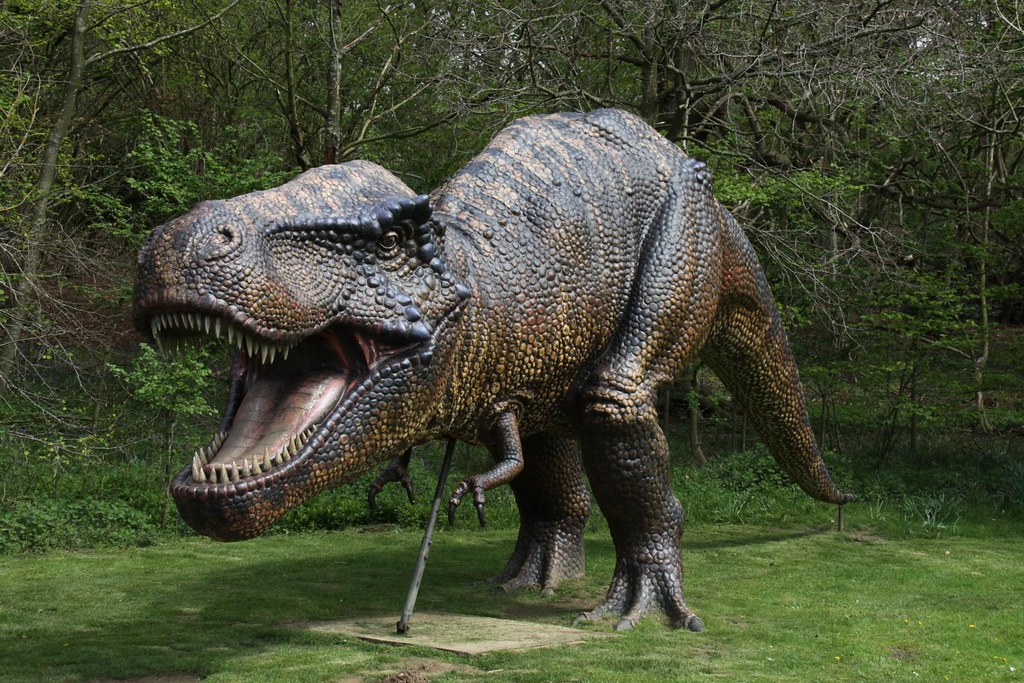
Just as modern animals adjust their daily rhythms based on seasonal changes, dinosaurs likely shifted between diurnal and nocturnal behaviors depending on environmental conditions throughout the year. During cooler seasons, many species may have become more active during warmer daylight hours, while hot periods would have driven increased nighttime activity. This behavioral flexibility would have been crucial for survival across varying climatic conditions. Migration patterns, breeding cycles, and feeding behaviors would all have been timed to take advantage of optimal temperature and light conditions. The prehistoric world operated on complex biological rhythms that we’re only beginning to understand.
Modern Technology Reveals Ancient Secrets
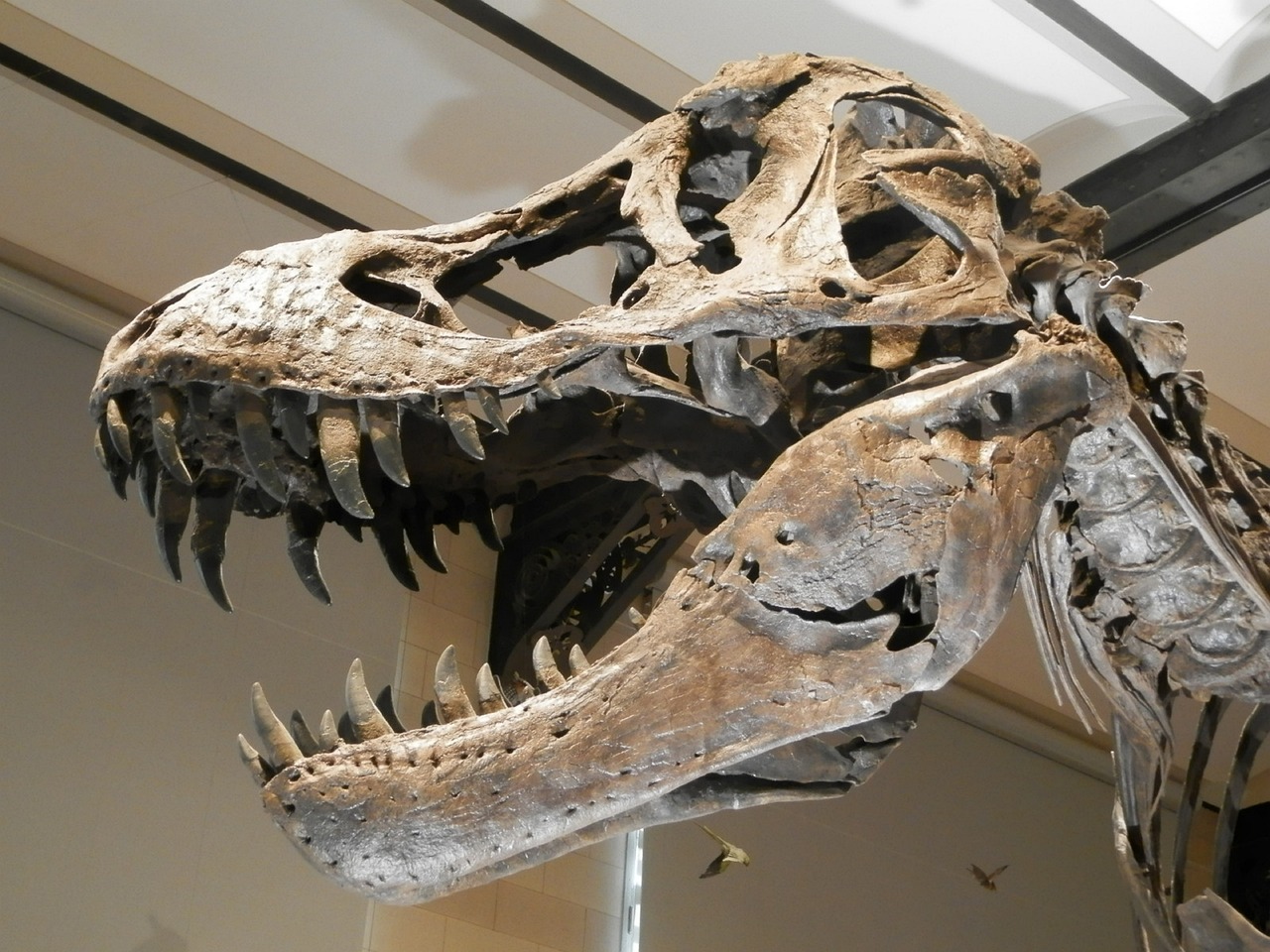
Advanced CT scanning and 3D modeling techniques are revolutionizing our understanding of dinosaur sensory systems and daily activity patterns. These technologies allow scientists to examine internal skull structures without damaging precious fossils. Computer simulations can now model how prehistoric eyes would have functioned under different lighting conditions, providing unprecedented insights into dinosaur vision capabilities. The results consistently support increased nocturnal activity among many species. As technology continues to advance, we can expect even more surprising discoveries about dinosaur behavior patterns. Each new study seems to reveal that these ancient creatures were far more complex and adaptable than we ever imagined.
Implications for Our Understanding of Prehistoric Ecosystems

Recognizing widespread nocturnal behavior among dinosaurs completely transforms our understanding of Mesozoic ecosystems. The prehistoric world was likely active and dynamic 24 hours a day, with different species dominating various time periods. This round-the-clock activity would have created incredibly complex food webs and ecological relationships that persisted across day and night cycles. The energy flow and nutrient cycling in prehistoric environments would have been far more intricate than previously assumed. Understanding these temporal dynamics helps explain the incredible diversity and success of dinosaur species throughout their 165-million-year reign. Their ability to exploit different time niches allowed multiple species to coexist in the same geographic areas without direct competition.
Conclusion
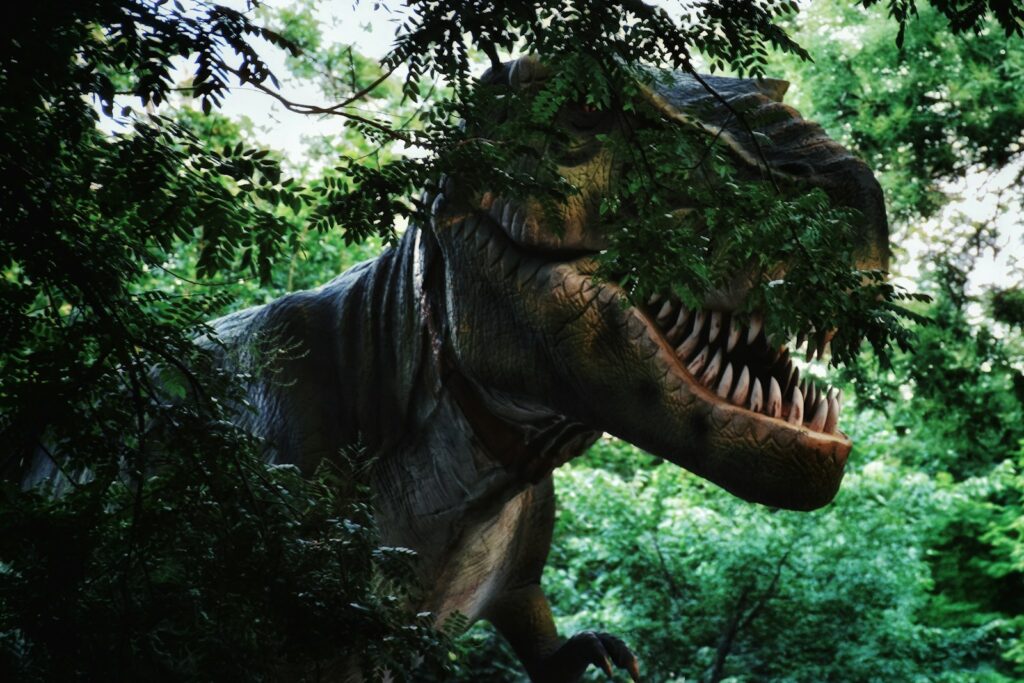
The evidence is mounting that dinosaurs were far more sophisticated and behaviorally complex than we ever imagined. From the stealthy nocturnal hunters stalking through prehistoric forests to the massive herbivores that never stopped feeding, the ancient world operated on a 24-hour cycle of constant activity and adaptation. These discoveries fundamentally challenge our understanding of prehistoric life and remind us how much we still have to learn about these remarkable creatures. The next time you look up at the night sky, imagine it illuminating a world where giants moved through darkness with purpose and precision. What other assumptions about dinosaur behavior might science overturn next?

